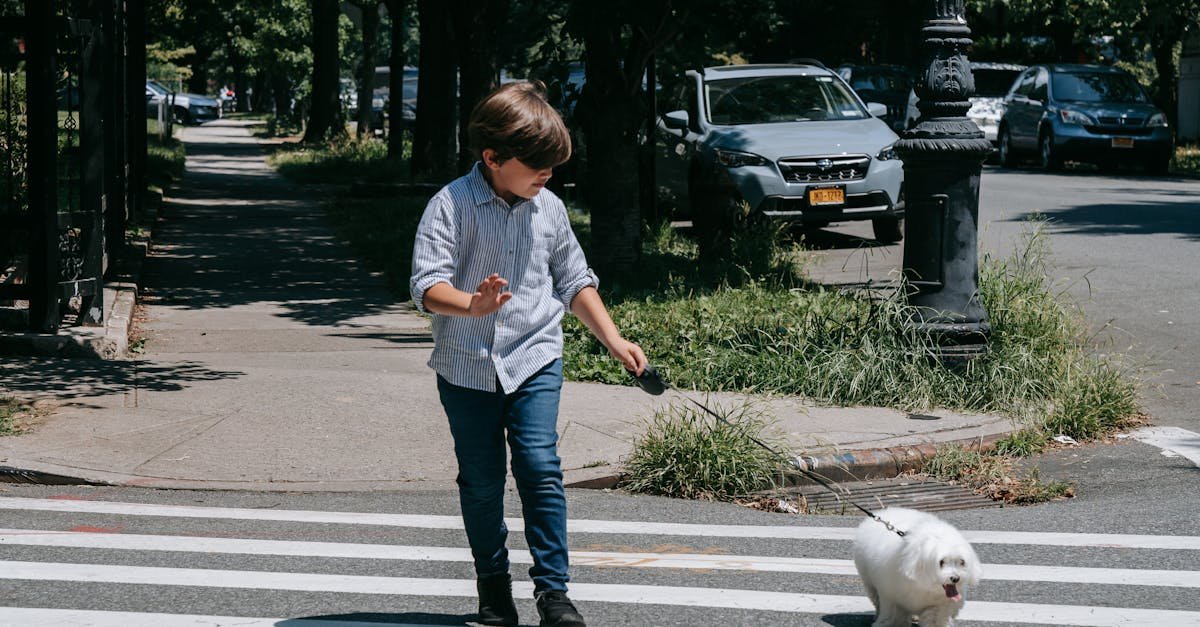
Essential Dog Walking Tips: Safety, Leashes, and Routine Advice
Estimated reading time: 8 minutes
Dog Walking Tips Key Takeaways
- Choosing the right leash improves control and comfort for both you and your dog.
- Proper training techniques can significantly reduce leash pulling.
- Nighttime walks require extra safety precautions for visibility.
- A consistent walking schedule benefits both high-energy and low-energy breeds.
- Regular walks enhance physical health, mental stimulation, and bonding.
Table of Contents
- Choosing the Best Dog Leashes for Walking
- How to Stop Your Dog from Pulling on the Leash
- Nighttime Dog Walking Safety Tips
- Creating a Dog Walking Schedule for Busy Owners
- Frequently Asked Questions
1. Choosing the Best Dog Leashes for Walking
Picking the right leash is the first step to a successful walk. The best dog leashes for walking depend on your dog’s size, behavior, and your lifestyle. Here’s a breakdown:
Types of Leashes and Their Uses
- Standard leashes (6ft nylon/leather): Ideal for most dogs—durable, easy to grip, and great for training.
- Retractable leashes: Offer freedom but can be risky for untrained dogs or busy streets.
- Hands-free leashes (waist-attached): Perfect for joggers or owners who multitask.
- Padded leashes: Extra comfort for strong pullers or large breeds.
Matching Leashes to Dog Behavior
- For pullers: Use a no-pull harness or a thick, padded leash for better control.
- For small dogs: Lightweight, short leashes prevent tangling and improve safety.
Pro Tip: According to the American Kennel Club, front-clip harnesses reduce pulling by 70% compared to traditional collars.
2. How to Stop Your Dog from Pulling on the Leash
Pulling is one of the most common walking frustrations. If you’re wondering how to stop dog pulling on leash, these training techniques can help:
Why Dogs Pull
- Excitement: They can’t wait to explore!
- Lack of training: They haven’t learned proper leash manners. Learn more about positive reinforcement training to build good habits.
- Curiosity: New smells and sights are too tempting.
Effective Training Techniques
- Loose-leash walking: Reward your dog with treats or praise when the leash is slack.
- Direction changes: Switch directions abruptly to teach your dog to focus on you.
- Positive reinforcement: Use treats or verbal praise to encourage calm walking.
Best Tools for Pullers
- No-pull harnesses (front-clip or head halters): Redirects pulling force.
- Avoid retractable leashes: They encourage pulling and reduce control.
Research Insight: A study by the Journal of Veterinary Behavior found that dogs trained with positive reinforcement learned leash manners 50% faster.
3. Nighttime Dog Walking Safety Tips
Walking your dog after dark? Follow these nighttime dog walking safety tips to stay safe:
Visibility Essentials
- Reflective gear: Use reflective leashes, collars, or vests.
- LED clip-on lights: Attach them to your dog’s collar or leash.
- Light-colored clothing: Helps drivers and cyclists see you.
Route Safety
- Stick to well-lit paths and avoid isolated areas.
- Watch for hazards like potholes, broken glass, or uneven sidewalks.
Owner Alertness
- Keep headphones off: Stay aware of your surroundings.
- Carry a flashlight: Helps you see and signals your presence to others.
Safety Fact: The National Safety Council reports that 80% of pet-related nighttime accidents occur due to low visibility. For more safety tips, check out our guide on pet-proofing your home and outdoor spaces.
4. Creating a Dog Walking Schedule for Busy Owners
Even with a packed schedule, a dog walking schedule for busy owners is possible. Here’s how:
Ideal Walking Frequency
- High-energy breeds (Border Collies, Huskies): 2+ walks per day.
- Low-energy breeds (Bulldogs, Basset Hounds): 1–2 short walks per day.
Time-Saving Strategies
- Combine walks with playtime: Fetch or sniffing sessions add mental stimulation.
- Split long walks: Two 15-minute walks can be as effective as one 30-minute walk.
Routine Integration
- Morning walks: Release pent-up energy.
- Evening walks: Help your dog wind down before bed.
Vet Advice: Veterinarians at PetMD recommend at least 30 minutes of daily walking to prevent obesity in dogs. For senior dogs, adjust routines with our senior pet care tips.
Frequently Asked Questions
- What’s the best leash for strong pullers?
- How long does it take to train a dog to stop pulling?
- Is it safe to walk my dog at night every day?
What’s the best leash for strong pullers?
A front-clip no-pull harness is highly effective for strong pullers. It redirects their force sideways, making it harder to pull forward. Padded leashes also provide better grip and comfort.
How long does it take to train a dog to stop pulling?
Consistency is key. With daily training, most dogs show improvement within 2-4 weeks. However, stubborn or high-energy breeds may take longer.
Is it safe to walk my dog at night every day?
Yes, as long as you follow safety measures like reflective gear, well-lit routes, and staying alert. Avoid isolated areas and always carry a flashlight.
